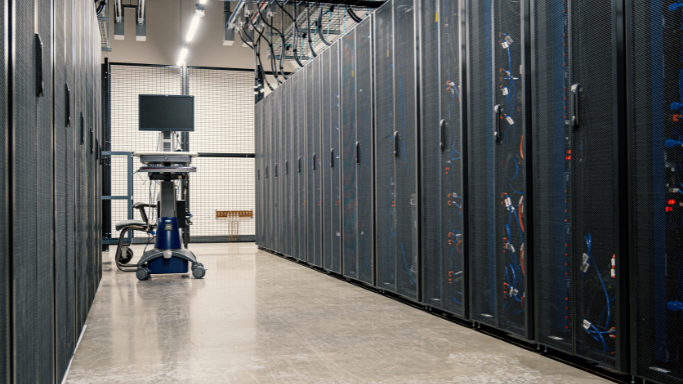How Sustainable Data Centers Are Revolutionizing the Tech Industry
Article
As the demand for digital services grows, so does the environmental impact of data centers. These facilities consume vast amounts of energy and contribute significantly to global carbon emissions. However, the shift toward sustainability is revolutionizing the tech industry, making data centers more efficient, eco-friendly, and cost-effective. Here’s how sustainable data centers are transforming the landscape.
1. Renewable Energy Integration
One of the most significant changes in data centers is the adoption of renewable energy sources. Companies are investing in solar, wind, and hydroelectric power to reduce reliance on fossil fuels. Tech giants like Google, Microsoft, and Amazon are leading the way by committing to 100% renewable energy for their data centers, helping lower carbon footprints and operational costs.
2. Energy-Efficient Cooling Systems
Traditional cooling systems consume enormous amounts of electricity to maintain optimal temperatures for servers. Sustainable data centers are now adopting innovative cooling methods, such as liquid cooling, geothermal cooling, and free-air cooling, which significantly reduce energy consumption. AI-driven cooling management systems further optimize efficiency by adjusting temperature controls in real time.
3. Carbon-Neutral and Carbon-Negative Initiatives
Beyond using renewable energy, many companies are striving for carbon neutrality or even becoming carbon-negative. This means offsetting carbon emissions through investments in reforestation, carbon capture technologies, and other environmental initiatives. Microsoft, for example, has pledged to be carbon-negative by 2030, setting a precedent for the industry.
4. Efficient Hardware and AI Optimization
Sustainable data centers are leveraging AI to optimize workloads, reduce energy waste, and predict maintenance needs. Additionally, companies are designing energy-efficient hardware, including processors and storage devices that consume less power while delivering high performance. These innovations contribute to a greener and more sustainable infrastructure.
5. Recycling and Waste Reduction
Electronic waste is a major concern in the tech industry. Sustainable data centers are adopting circular economy principles by recycling old equipment, repurposing components, and minimizing electronic waste. Some companies are even exploring biodegradable server materials and sustainable construction practices for new facilities.
6. Edge Computing and Decentralization
Edge computing reduces the need for large, centralized data centers by processing data closer to end users. This minimizes latency and reduces energy consumption by decreasing the amount of data that needs to be transmitted over long distances. As edge computing gains traction, smaller, localized data centers will play a key role in creating a more energy-efficient digital ecosystem.
7. Regulatory Compliance and Industry Standards
Governments and regulatory bodies are pushing for stricter environmental standards in the tech industry. Organizations that comply with green certifications, such as LEED (Leadership in Energy and Environmental Design) and ISO 14001, not only reduce their environmental impact but also gain a competitive edge by appealing to environmentally conscious customers and investors.
Conclusion
Sustainable data centers are at the forefront of transforming the tech industry, reducing environmental impact while maintaining efficiency and innovation. As companies continue to embrace green technology, the future of data centers will be more sustainable, resilient, and cost-effective. Organizations that prioritize sustainability will not only contribute to a healthier planet but also secure long-term success in an increasingly eco-conscious market.


